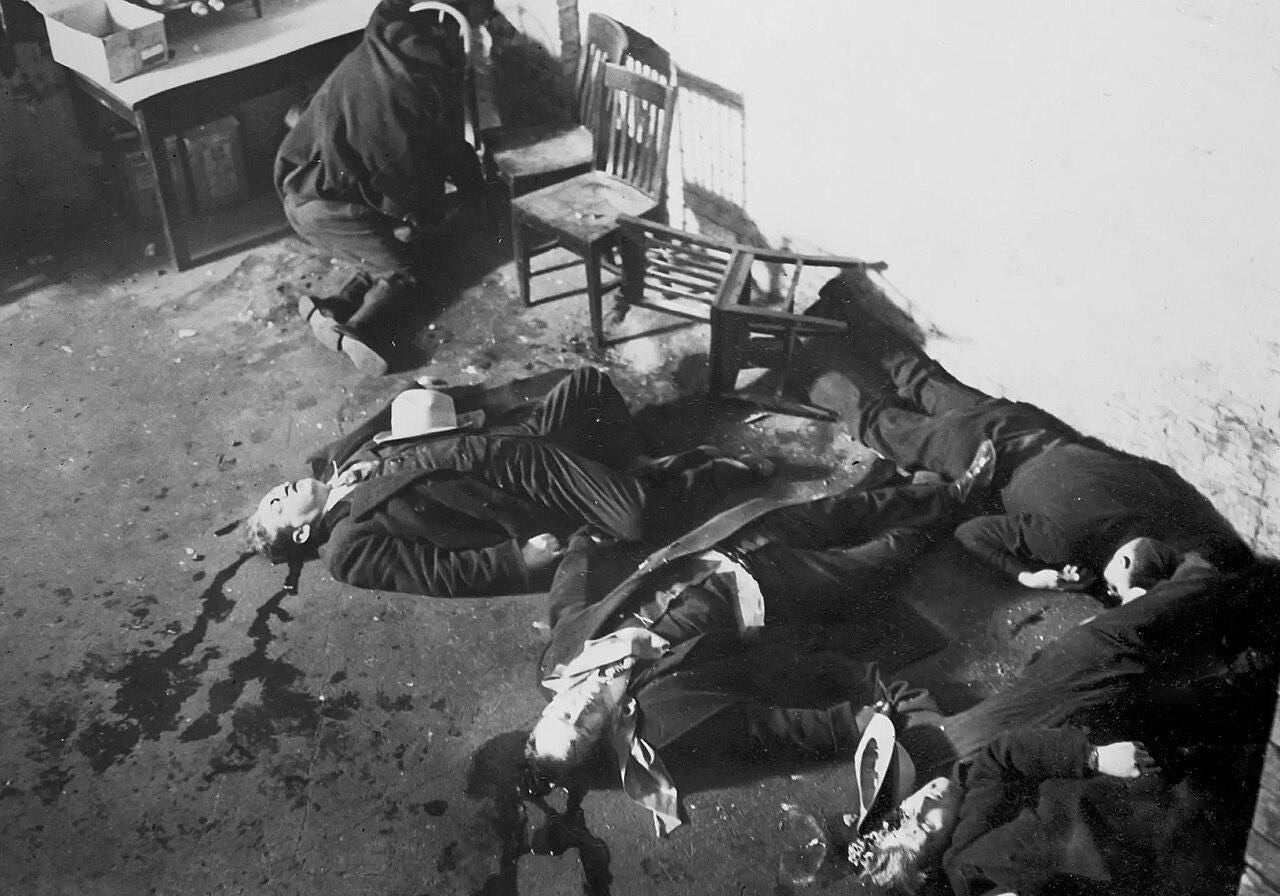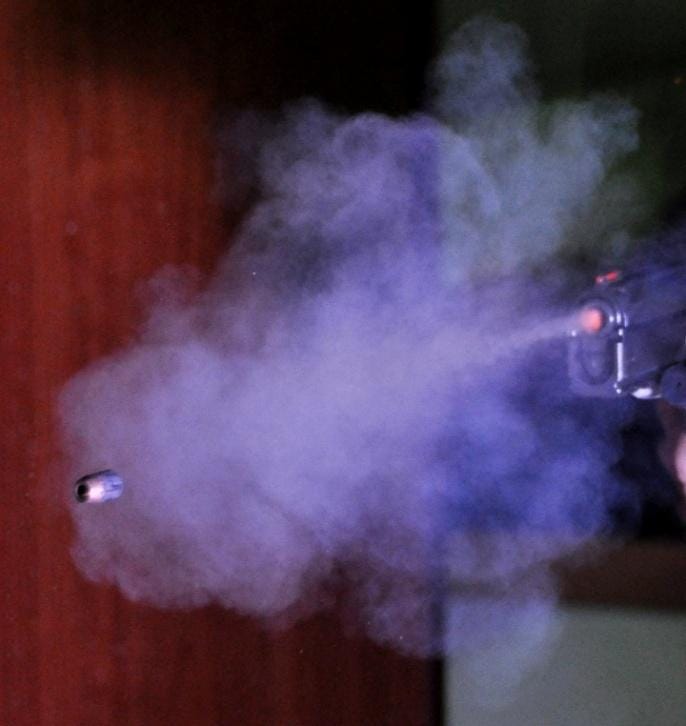Guns A-blazing: The Science of Forensic Ballistics

The first successful documented case of forensic firearm examination occurred in 1835. Back then bullets were still individually made from molds. A member of the Bow Street Runners in London discovered a mold in a suspect’s home and matched the bullet found on a murder scene to it, proving that the suspect had made the bullet and he was charged and convicted.
In 1925, Major Calvin Goddard established the Bureau of Forensic Ballistics in New York City and along with Phillip O. Gravelle they invented the comparison microscope, which modernized the forensic examination of firearms. Goddard’s invention managed to link submachine guns used in the Saint Valentine's Day Massacre in 1929 as belonging to the gangs of Al Capone, who had obliterated the rival gangs of Bugs Maron. Members of Capone’s gangs wore stolen Chicago PD uniforms, shifting the blame and suspicion on corrupt cops. Goddard’s discovery finally exonerated the Chicago Police Department.
Since then the forensic science of ballistics has evolved into a sophisticated and complicated process, involving the science of gunshot residue, which could link a firearm to an individual and determine the distance of the shot fired; wound ballistics - the characteristics of entry and exit wounds; the trajectory of the bullets - the curved path a bullet follows as it travels from the gun to a target, influenced by gravity, air resistance, and the bullet's velocity and shape; and matching the bullets or cartridges to a particular muzzle of a firearm. By examining unique striations impressed into a bullet from the barrel of a gun, expended ammunition can be linked back to a specific weapon.

Gunshot residue originated in the early 1900’s with the detection of nitrates and nitrites for gunshot residue. Gunshot residue consists of all of the particles that are expelled from the muzzle of a gun following the discharge of a bullet. A bullet is discharged by a highly pressurised, explosive reaction that is contained within the barrel of the firearm. In 1971 John Boehm presented some micrographs of gunshot residue particles found during the examination of bullet entrance holes using a scanning electron microscope. If the scanning electron microscope is equipped with an energy-dispersive X-ray spectroscopy detector, the chemical elements present in such particles, mainly lead, antimony and barium, can be identified. Secondary gunshot residue can occur when transferred for example from police officers onto subjects or items to be tested and can contaminate evidence.
Keep reading with a 7-day free trial
Subscribe to Dr. Micki Pistorius to keep reading this post and get 7 days of free access to the full post archives.




